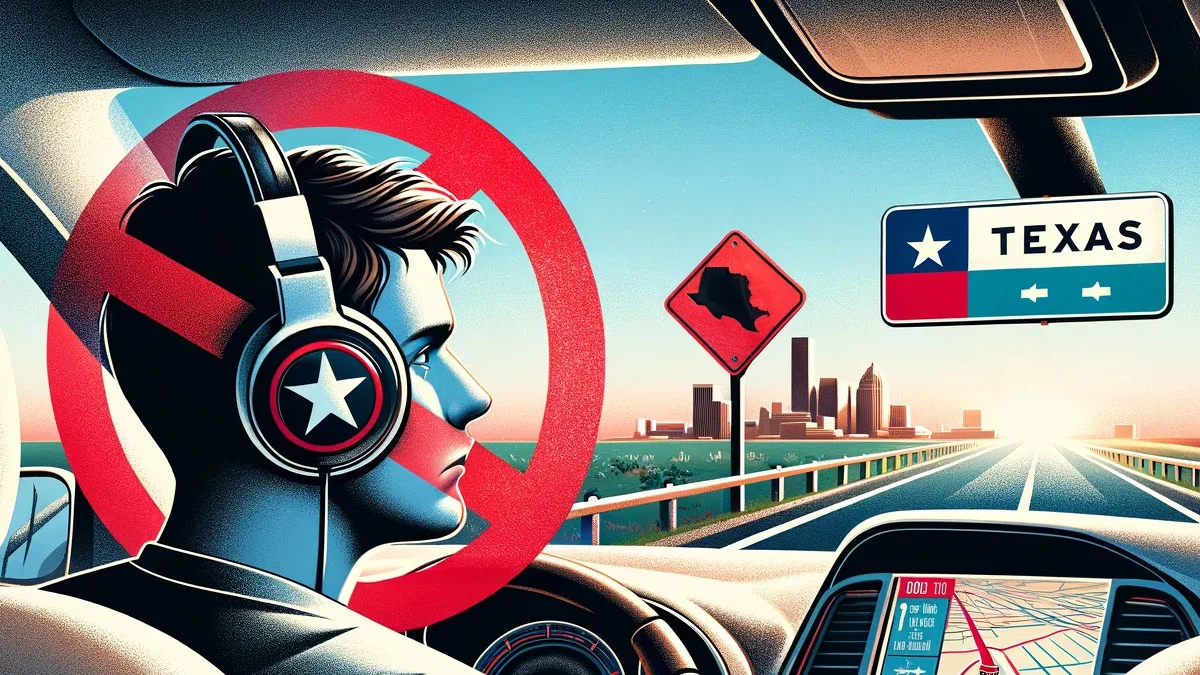The use of headphones while driving is a topic of legal regulation in the United States, with laws varying significantly from state to state. This article aims to provide a comprehensive overview of the patchwork of regulations concerning this activity across the country.
At the federal level, there are no specific laws that prohibit the use of headphones while driving. However, the National Highway Traffic Safety Administration (NHTSA) recommends against the use of headphones as they may distract drivers and impede the ability to hear emergency signals or other important sounds.
State laws in the United States are the primary determinants of the legality of wearing headphones while driving. As such, the rules can differ greatly depending on the jurisdiction.
States Where Headphones Are Generally Illegal
In certain states, wearing headphones while driving is outright illegal or allowed only under specific circumstances. For example:
- California: Vehicle Code Section 27400 states that no person operating a vehicle shall wear headphones that cover, rest on, or are inserted in both ears. However, exceptions are provided for emergency vehicles and for those wearing hearing aids.”A person operating a motor vehicle or bicycle may not wear a headset covering, earplugs in, or earphones covering, resting on, or inserted in, both ears.” (California Vehicle Code Section 27400)
- Maryland: The Maryland Transportation Code prohibits the use of earplugs or headphones that cover both ears while driving.
- Texas: Headphones, especially those that offer noise isolation, can block out crucial auditory cues like sirens, horns, or the sound of nearby vehicles, thereby increasing the risk of accidents. This kind of impaired driving may be classified under “reckless driving” as per Texas Transportation Code §545.401, which defines it as operating a vehicle with a wanton or willful disregard for others’ safety.
States with Specific Restrictions
Other states may allow the use of headphones while driving but have specific limitations. These can include:
- Allowing only one earbud to be used
- Permitting use only in one ear while the other remains free
- Exemptions for built-in automobile headphone systems (for passenger use)
States with No Specific Laws Regarding Headphones
Some states do not have specific laws regarding the use of headphones while driving, which leaves the practice in a gray area. In such states, while not explicitly illegal, wearing headphones could still be considered as contributing to distracted driving if it leads to an incident.
In states without explicit laws prohibiting headphones, the broader legal concept of distracted driving can still apply. Drivers who are distracted by any means, including headphones, can be cited under general distracted driving laws.
The legality of wearing headphones while driving in the United States is not governed by a uniform federal law but is instead subject to a diverse array of state laws. Drivers are advised to familiarize themselves with the specific regulations in their state to ensure compliance and safety on the road.
References
- “Distracted Driving.” National Highway Traffic Safety Administration. https://www.nhtsa.gov/risky-driving/distracted-driving
- “California Vehicle Code Section 27400.” California Legislative Information. https://leginfo.legislature.ca.gov/faces/codes_displaySection.xhtml?sectionNum=27400.&lawCode=VEH
- “Maryland Transportation Code Annotated Section 21-1120.” Maryland General Assembly. https://mgaleg.maryland.gov/mgawebsite/Laws/StatuteText?article=gtr§ion=21-1120&enactments=false









Leave a Reply